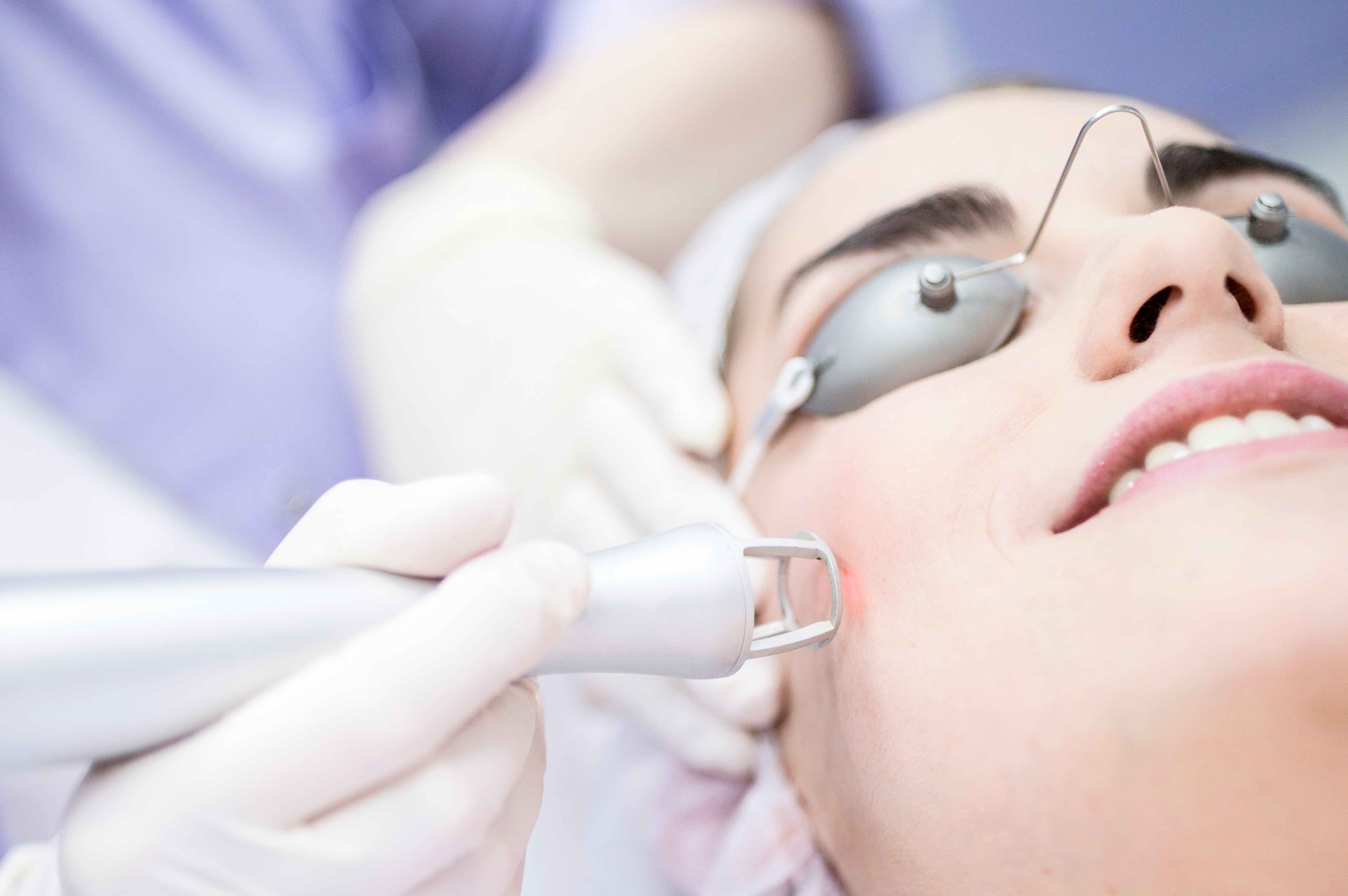Have you ever scrolled through old photos and noticed the subtle, yet undeniable, shift in your facial contours over time? It's a universal experience. Yet, in 2025, the conversation around aging is changing. It's no longer about erasing time, but about refining and restoring your unique facial harmony. The global anti-aging market is projected to exceed $422 billion by this year, a testament to a growing desire for proactive aesthetic solutions. This guide moves beyond the simple "before and after" to explore the science, artistry, and critical decisions behind a modern facelift, empowering you to navigate your journey with confidence and clarity.
What is a Facelift?
A facelift, medically known as a rhytidectomy, is a surgical procedure designed to create a more youthful appearance in the face. It's not about changing who you are, but rather restoring your face to a more refreshed version of yourself. The primary goal is to counteract the effects of gravity, sun exposure, and daily stress, which manifest as sagging skin, deep creases, and loss of muscle tone.
Unlike topical treatments that only address the skin's surface, a facelift works on a deeper, structural level. Surgeons reposition and tighten the underlying muscles and connective tissues (the SMAS layer), remove excess, sagging skin, and redrape the remaining skin for a smoother, firmer contour. This comprehensive approach addresses key aging concerns such as:
- Mid-face sagging: Loss of volume and drooping in the cheek area.
- Deep creases: Prominent nasolabial folds (lines from the nose to the corners of the mouth).
- Jowls: Sagging skin along the jawline that obscures its definition.
- Loose neck skin: A "turkey neck" or excess fatty deposits under the chin.
💡 The Core Principle of a Facelift
The fundamental goal of a modern facelift is not just to pull the skin tight, but to reposition and restore the foundational structures of the face. This ensures a natural, long-lasting result that avoids the "windswept" look of outdated techniques.
It's crucial to understand that a facelift primarily targets the lower two-thirds of the face and the neck. For concerns like drooping eyebrows or wrinkles on the forehead, it is often combined with other procedures like a brow lift or eyelid surgery (blepharoplasty) for a more harmonious overall rejuvenation.
Key Procedures and Latest Trends
The world of facial rejuvenation is not one-size-fits-all. The best approach depends on your unique anatomy, aging pattern, and desired outcome. In 2025, the focus is on customized techniques that deliver significant yet subtle results. Let's explore the spectrum from surgical to non-surgical options.
Surgical vs. Non-Surgical Face Lifting: A 2025 Comparison
Choosing between a surgical facelift and non-invasive alternatives is a critical decision. The following table breaks down the key differences to help you understand which path might be right for you.
| Feature | Surgical Facelift (e.g., Deep Plane, SMAS) | Non-Surgical Lifting (e.g., Ultherapy, Thread Lift) |
|---|---|---|
| Mechanism | Physically repositions deep facial tissues (SMAS) and removes excess skin. | Uses energy (ultrasound) to stimulate collagen or threads to physically lift tissue. |
| Effectiveness | Dramatic and long-lasting results for moderate to severe sagging. 🌟 | Subtle to moderate results, best for mild laxity and prevention. |
| Longevity | 10-15 years on average. | 6 months to 2 years, depending on the procedure. |
| Recovery Time | Significant downtime of 2-4 weeks is typical. | Minimal to no downtime; often called "lunchtime procedures." |
| Best Candidates | Individuals in their 40s-70s with noticeable jowls, neck laxity, and deep wrinkles. | Individuals in their 30s-50s with early signs of aging or those who want to avoid surgery. |
2025 Facelift Trends: The Era of "Undetectable" Rejuvenation
The latest trends are moving away from drastic alterations and towards sophisticated techniques that honor the patient's natural beauty.
- Deep Plane Facelift: This advanced technique releases and repositions the SMAS layer and skin as a single unit. This allows for a more powerful lift with less tension on the skin, resulting in a remarkably natural and long-lasting outcome.
- Minimal Incision Techniques: Surgeons are perfecting short-scar or "mini-lift" techniques. These are ideal for patients with less severe aging, offering a quicker recovery with incisions cleverly hidden around the ear.
- Combination Therapy: The most sophisticated approach involves combining a surgical lift with complementary treatments. For example, a facelift can be paired with fat grafting to restore lost volume in the cheeks or laser resurfacing to improve skin texture and tone.
The Procedure and Recovery Process
Understanding the journey from consultation to full recovery is essential for managing expectations and ensuring a smooth, successful outcome. While every patient's experience is unique, the process generally follows a well-defined path.
The Surgical Journey: Step-by-Step
- Initial Consultation: This is the most critical step. You will discuss your goals with a board-certified plastic surgeon. They will assess your facial structure, skin quality, and overall health to recommend the most appropriate surgical plan.
- Pre-Operative Preparation: You'll receive instructions on what to avoid before surgery, such as certain medications (like aspirin) and smoking, which can impair healing.
- The Day of Surgery: The procedure is typically performed under general anesthesia or intravenous sedation. The surgeon makes incisions, usually hidden within the hairline and natural contours of the ear, to access the underlying tissues.
- The Procedure: The surgeon carefully lifts and repositions the SMAS layer, removes any excess skin, and closes the incisions with fine sutures. The entire process can take several hours.
- Immediate Post-Op: You will wake up in a recovery room with your face bandaged to minimize swelling and bruising. You'll be monitored closely by medical staff before being cleared to go home or to a recovery facility.
🗓️ Key Recovery Milestones
Week 1: Focus on rest. Swelling and bruising are at their peak. Sutures may be removed around day 7-10.
Weeks 2-4: Most bruising and swelling subside. You can typically return to work and light social activities. Avoid strenuous exercise.
Months 1-3: Results become more refined as residual swelling disappears. Numbness and tightness will gradually resolve.
Months 6-12: The final, settled results are visible. Incision lines will have faded significantly.
Patience is key during recovery. Following your surgeon's post-operative instructions meticulously is crucial for minimizing complications and achieving the best possible result. This includes attending all follow-up appointments, caring for your incisions, and protecting your skin from the sun. ☀️
Checklist for Choosing a Clinic in Korea
South Korea is renowned for its excellence in plastic surgery, but the sheer number of options can be overwhelming. Using a systematic approach to select your clinic and surgeon is non-negotiable for your safety and satisfaction. Here is a checklist of critical factors to consider.
⚠️ Your Safety is the Top Priority
Never choose a clinic based on price alone. A discounted procedure could mean compromises in surgeon expertise, facility safety, or post-operative care. Your face is an invaluable asset; invest in it wisely.
- ✅
Surgeon's Specialization and Board Certification: Is the surgeon a board-certified plastic surgeon? Do they specialize in facial procedures, specifically facelifts? Look for extensive experience and a consistent track record.
- ✅
In-Depth Consultation Process: Does the surgeon listen to your concerns and provide a customized plan? A quality consultation should feel like a collaborative discussion, not a sales pitch. They should use 3D imaging or detailed analysis to explain the proposed changes.
- ✅
Verifiable Before-and-After Portfolio: Ask to see numerous examples of their work on patients with similar facial structures and aging patterns to your own. Look for natural, refreshed results, not overly tight or altered appearances.
- ✅
Anesthesia and Safety Protocols: Does the clinic have a board-certified anesthesiologist on staff? What emergency systems are in place? Reputable clinics will be transparent about their safety measures.
- ✅
Comprehensive Post-Operative Care: What does the aftercare program include? Look for clinics that offer services like deswelling treatments, scar management, and regular follow-up appointments to monitor your healing. This is a hallmark of a patient-focused practice.
- ✅
International Patient Support: If you are traveling from abroad, does the clinic offer support services such as language interpretation, accommodation assistance, and airport transfers? This can significantly reduce the stress of medical tourism.
Real Reviews and Q&A
Hearing from those who have already been through the process can provide invaluable insight and reassurance. While individual results vary, patient stories often highlight the emotional and physical transformation that a well-executed facelift can provide. Below are some anonymized patient experiences and answers to frequently asked questions.
Patient Journeys: Stories of Renewal
"I'm a 62-year-old CEO from New York. I didn't want to look different, just less tired and more like I felt on the inside. My main concerns were my heavy jowls and neck. After my deep plane facelift in Korea, the change was incredible. My jawline is sharp again, and people just say I look well-rested and vibrant. The recovery was a process, but the team's support was phenomenal. It was the best investment I've ever made in myself."
- J.D., New York
"As a 55-year-old teacher, I was nervous about surgery. I opted for a mini-lift combined with some fat grafting to my cheeks. The result is so natural. The sagging around my mouth is gone, and my face has a soft, youthful fullness it lost years ago. The shorter recovery was a huge plus, and I was back in the classroom in just under three weeks. I feel my confidence has been completely restored."
- M.K., Sydney
These stories underscore a common theme: the goal is rejuvenation, not alteration. The best results leave you looking like a refreshed, more vibrant version of yourself. 💖









